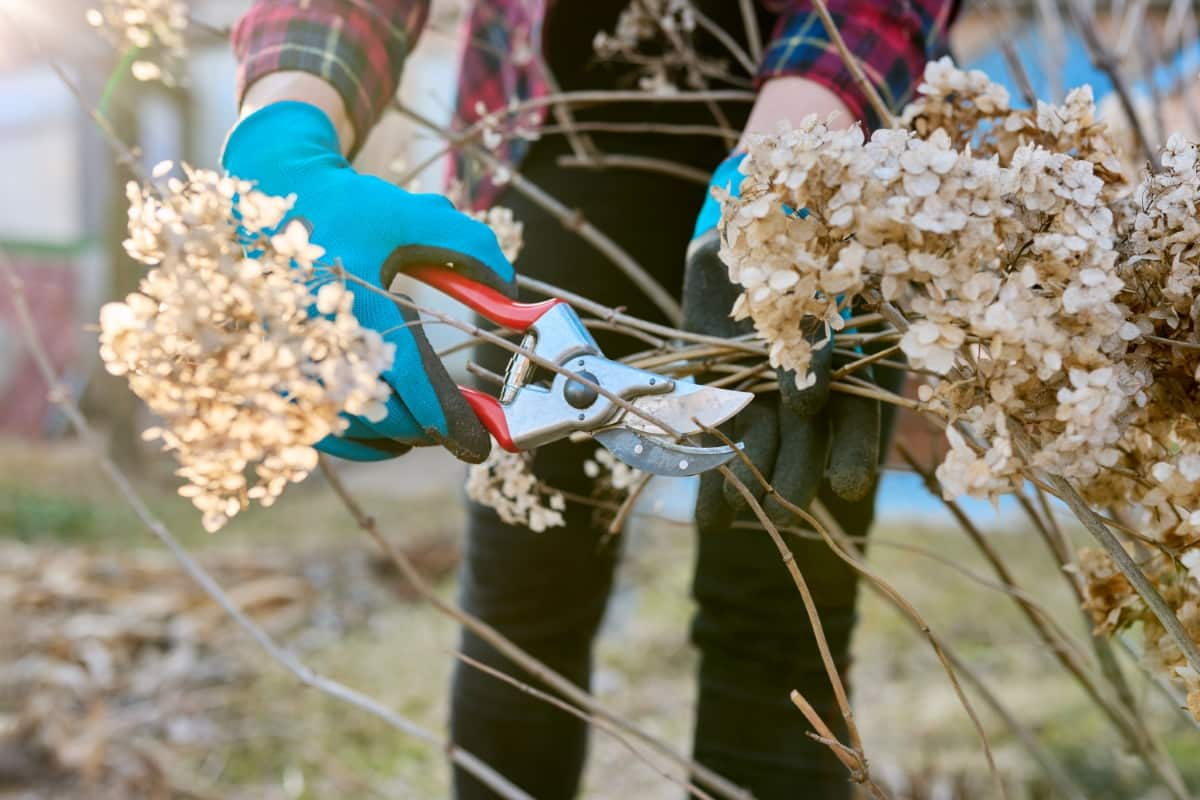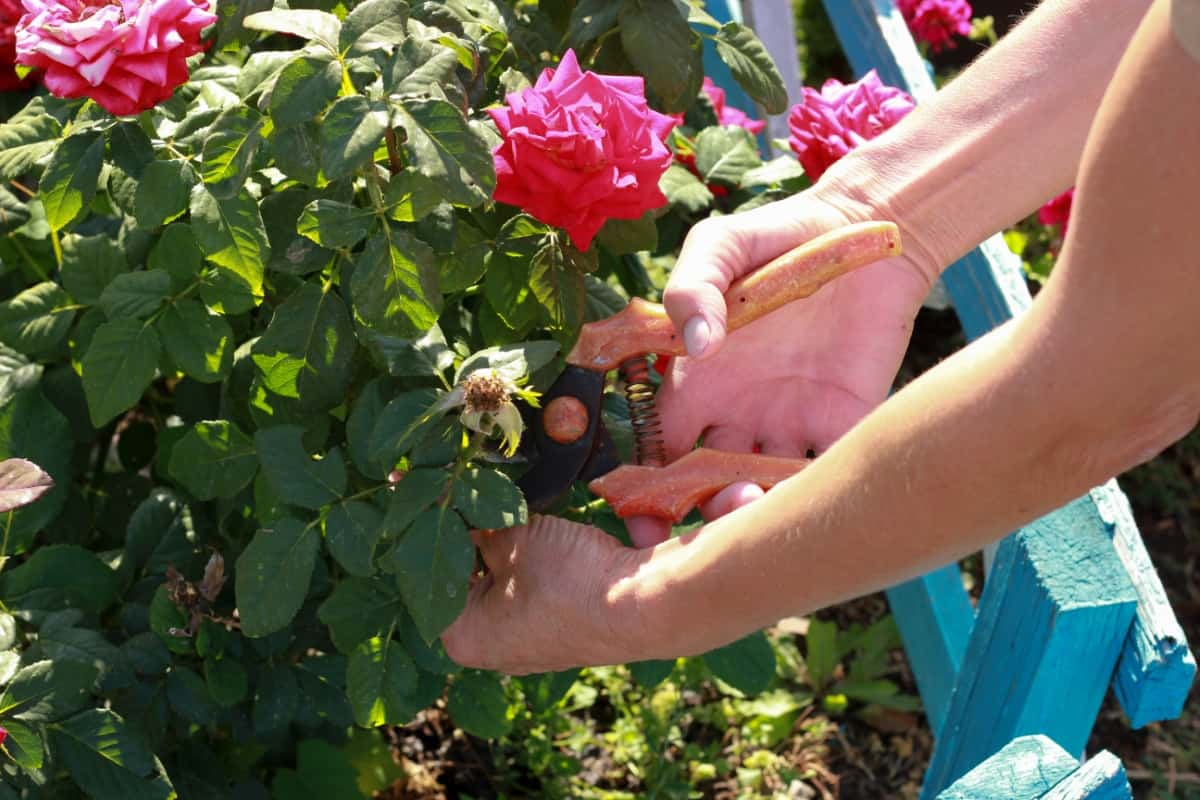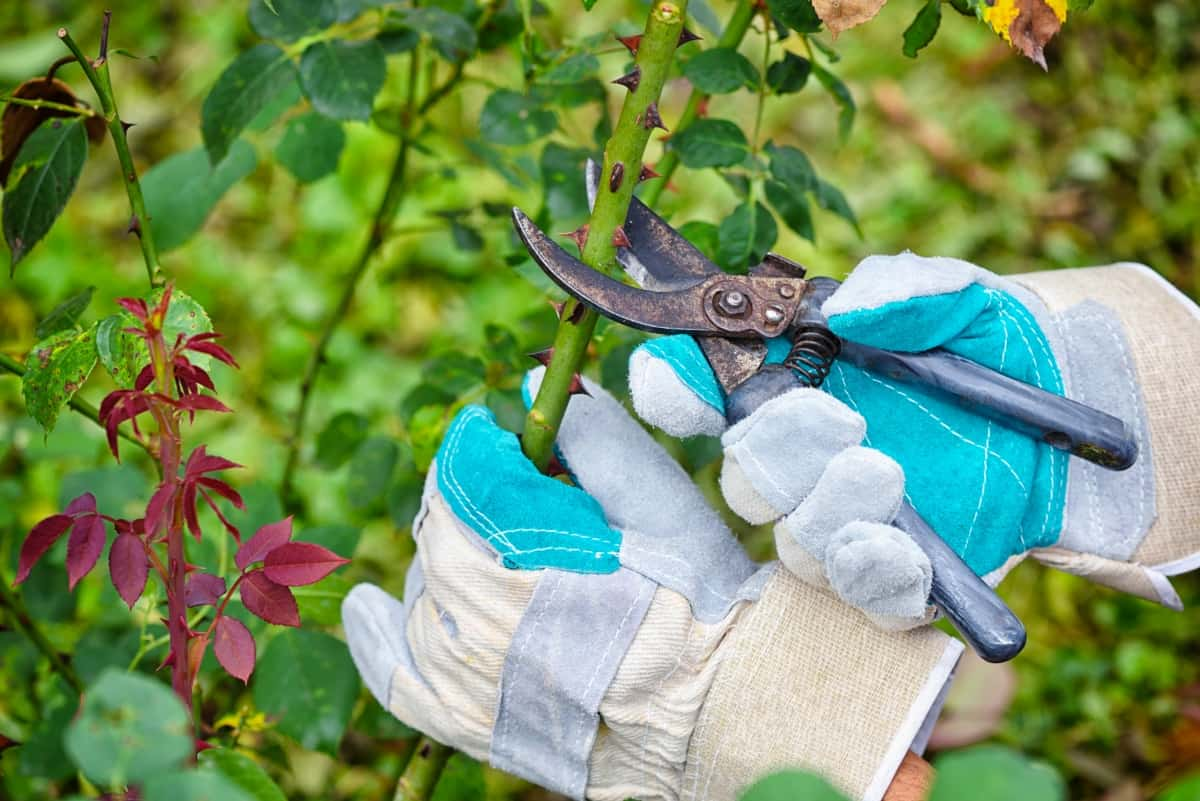Pruning is an essential gardening technique that can help promote bushiness in plants. By removing dead or overgrown branches, you can enhance the appearance of your garden. Always remember to choose the right tools for the job and learn what type of pruning fits each plant species. With time, effort, and patience, you’ll soon become a pro at this invaluable skill that will transform your landscape into a flourishing paradise.

Pruning Techniques to Promote Bushiness in Plants
The Benefits of Pruning
Pruning is an essential gardening practice that offers numerous benefits to plants. Regular pruning promotes plant health, enhances the appearance of plants, and increases their productivity. One of the key advantages of pruning is that it can stimulate bushiness in plants by removing excessive foliage or stems.
When done correctly, pruning encourages new growth and helps maintain a compact and attractive shape. Moreover, pruning can help manage diseases and pests by removing infected or damaged branches before they spread to other parts of the plant. This prevents the disease from spreading and reduces stress on the plant, ultimately improving its overall health. Another reason is pruning control your plant’s size and shape.
By selectively cutting back some branches while leaving others intact, you can help create a more balanced form for your shrubs or trees. Regular pruning can lead to healthier, stronger, more productive plants with better aesthetics – making it an essential skill for any gardener looking to enhance their garden’s beauty while promoting maximum yield potential.
Best Time to Prune Plants to Promote Bushiness
Knowing when to prune your plants is as important as knowing how to do it. Pruning at the wrong time can cause stunted growth and damage your plant. The perfect time for pruning depends on the type of plant you have. For most bushes and shrubs, late winter or early spring – before new growth appears. For fruit trees, timing is crucial for a successful harvest. Generally, depending on where you live, it’s best to prune them during their dormant season, anywhere from November through March.
When dealing with flowering plants such as Roses or Hydrangeas, timing is also key. These should be pruned after they’ve finished blooming but before new buds begin forming for next year’s blooms. Avoid pruning during extreme weather conditions like heatwaves or severe cold snaps, as this can cause undue stress on your plants. Understanding when it’s best to prune your particular plants helps promote healthy growth and beautiful blooms all season long.
In case you missed it: Pruning and Trimming Techniques for Container Plants

Tips to Prune Plants to Promote Bushiness
When it comes to pruning, using the right tools and techniques is important. You should choose sharp and clean tools. Dull blades can damage the plant, while dirty blades can spread diseases. Start by identifying the branches that need to be pruned. Look for dead or diseased branches and cross or rub branches against each other. Cut these at a 45-degree angle just above a bud or branch junction.
When pruning larger branches, use a three-cut technique to prevent tearing the bark: first cut halfway through the underside of the branch, then cut from above several inches out from that cut, letting the weight of the branch pull it down and away cleanly; finally, prune off any remaining stub left on top of the trunk. Always avoid cutting too close or leaving too much space between cuts.
Also, avoid stripping leaves from healthy stems, which may inhibit growth in future seasons. Next, identify any crossed or rubbing branches and remove them at their base. This will help prevent future damage and promote healthy growth. You may also want to thin out some internal branches to improve airflow and allow sunlight to reach all plant parts.
If you’re looking for a bushier plant, focus on cutting back the tips of each branch, as this will encourage new growth from lower down on the stem. You should not cut too much off at once as this can stress the plant. For trees specifically, be mindful of where you make your cuts, as this can impact their overall shape and structure in later years. Remember that different plants require different pruning techniques, so research beforehand if you’re unsure about what’s best for your specific type of plant.
Different Pruning Techniques
Different pruning techniques can be used to promote bushiness in plants. One of the most common techniques is heading back, which involves cutting back the tips of branches or stems. This technique stimulates new growth and encourages branching, resulting in a fuller plant. Another effective pruning technique is thinning out, which involves removing entire branches or stems at their base.
This helps to reduce overcrowding and allows lighter air to reach the remaining foliage. Thinning out also promotes new growth from lower down on the plant. Pinching is another useful pruning technique that involves using your fingers to pinch off the tips of young shoots or buds. This encourages lateral branching and results in a bushier plant with more flowers or fruit.
In case you missed it: Bombay Green Mango Farming: A Comprehensive Guide to Planting, Pruning, Care, and Harvest

Shearing is a more drastic form of pruning that involves shaping plants into specific shapes or sizes using hedge trimmers or shears. While this technique can help keep plants neat, it should be used sparingly as it can leave behind unsightly stubs. Numerous pruning techniques are available for promoting bushiness in plants, each with unique benefits depending on the type of plant being pruned and desired outcome.
Conclusion
Pruning can be daunting for beginner gardeners, but it can become a simple and rewarding part of plant care with practice and the right techniques. Whether you want to promote bushiness in your plants or stimulate growth in specific areas, pruning is the perfect way. Remember that proper timing and technique are key when it comes to pruning.
Take note of your plant type, growth pattern, and flowering cycle before deciding on the best approach. Applying these pruning techniques correctly encourages lush foliage and helps keep pests under control while boosting your plants’ overall health and appearance.
- Feed Your Flock for Less: Top 10 Tips to Save on Chicken Feed
- Ultimate Guide to Ossabaw Island Hog: Breeding, Raising, Diet, and Care
- Hatching Answers: The Top 10 Reasons Your Chickens Aren’t Laying Eggs
- Eggs and Economics: Breaking Down the Cost of Raising Backyard Chickens
- Defend Your Greens: Proven Methods to Keep Iguanas Out of Your Garden
- Ultimate Guide to Cinnamon Queen Chicken: A Comprehensive Guide for Beginners
- Ultimate Guide to California Tan Chicken: Breeding, Raising, Diet, Egg-Production and Care
- Ultimate Guide to Marsh Daisy Chicken: Breeding, Raising, Diet, and Care
- 10 Types of Chicken Farming Businesses You Can Start for Profits